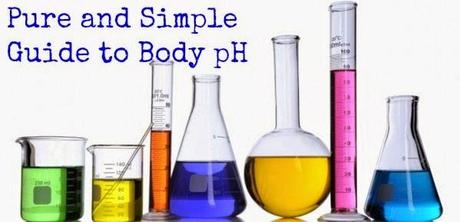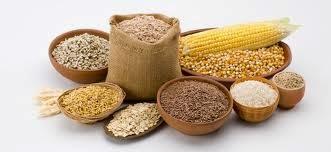Hi again! It's me Erik bringing you more information about post workout nutrition. This time we are going to focus on your bodies' pH. Intrigued? Well read on!
As always, please follow us on Facebook and Pinterest for even more health information and recipes.
We also just wanted to announce that we have partnered with US Wellness Meats so if you are looking for that ethically raised and grassfed meat we are always raving about they are a great option!
Your Body pH: What is it? And Why Does it Matter?
The pH of your blood is probably something that most of you have not considered when thinking about workout recovery. I know that as a national level swimmer, it certainly never crossed my mind, nor was the concept ever introduced to me! It was not until recently that I have become more aware how blood pH can impact the body.
Impact of Acidity
When we exercise, body fluids shift towards a more acidotic state. If this acidic state persists for an extended period of time after exercise, there is a great risk for nitrogen and calcium loss. This happens because the body detects the shift in pH and attempts to compensate by releasing minerals into the blood. Primarily calcium from bones, and nitrogen from muscles are extracted to meet these needs.When this happens you are essentially losing bone and muscle mass in your urine as the acidity of your blood stays high. This process chemically balances the body fluids, but is a biologically expensive process for athletes. Body acidity can have negative impacts on performance, overall health, and even compromise muscle and bone mass.
Foods That Help
Fruits and vegetables are the only foods that have a net alkaline enhancing effect on the body. Meaning that fruits and vegetables will have a positive impact on your body fluid pH after working out, helping to resist the acidic state by exerting their alkaline effects. By incorporating fruits and vegetables into your recovery drink or meal you are not only replacing carbohydrate stores, you are also potentially sparing your bones and muscles from being broken down.Here are some examples of fruits and vegetables that you could incorporate into your post-workout meal: (These are listed in order from most helpful to least helpful).
- Fruits: Raisins, black currants, bananas, apricots, kiwi, cherries, pears, pineapple, peaches, apples, watermelon
- Vegetables: Spinach, celery, carrots, zucchini, cauliflower, potatoes, radishes, eggplant, tomatoes, lettuce, chicory, leeks, onions, mushrooms, green peppers, broccoli, cucumber

Foods to Avoid
Just as fruits and vegetables lower acidity, there are some foods that will promote body fluid acidity and the inflammatory response. So immediately after a workout it is best to stay away from the following foods: (These are listed in order of most detrimental to least detrimental).
- Grains (not that we recommend eating these at any time): brown rice, rolled oats, wheat in any form, pastas (whole wheat, rice, or white), corn
- Dairy: Parmesan and processed cheese, hard cheese, gouda cheese, cottage cheese, whole milk
- Legumes: Peanuts, lentils, peas
- Meat, Fish, and Eggs: Trout, turkey, chicken, eggs, pork, beef, cod, herring

In a Nutshell
Exercise, whether it is prolonged or short with high intensity, will cause your body fluids to become more acidic. It is important to take control of this acidity, and the easiest way to do this is with your post-workout nutrition. Try to focus on taking in alkaline foods such as the fruits and vegetables mentioned. In terms of protein, even though some meats are listed as negatively impacting body pH, they are not as detrimental when you consider the benefits provided by the BCAAs they contain and the muscle generation that is promoted when they are consumed. Nor are they nearly as detrimental as the grains or dairy listed. As discussed in my post on post-workout nutrition, remember that it is important to start refueling in the first 30 minutes after working out. The way I would explain this concept to my athletes is to think of it like a teeter-totter, on one end your blood pH is acidic, on the other more alkaline. Exercise loads the acidic end and brings it down to ground level. After exercise we would want to load up the alkaline end with all of the amazing fruits and vegetables to bring the alkaline end back down to ground level. I hope that helps simplify the concept! I also hope this has helped to reinforce the importance of nutrition as it relates to exercise.
I hope this was helpful! If you have any topics you would like me to discuss please let me know!
